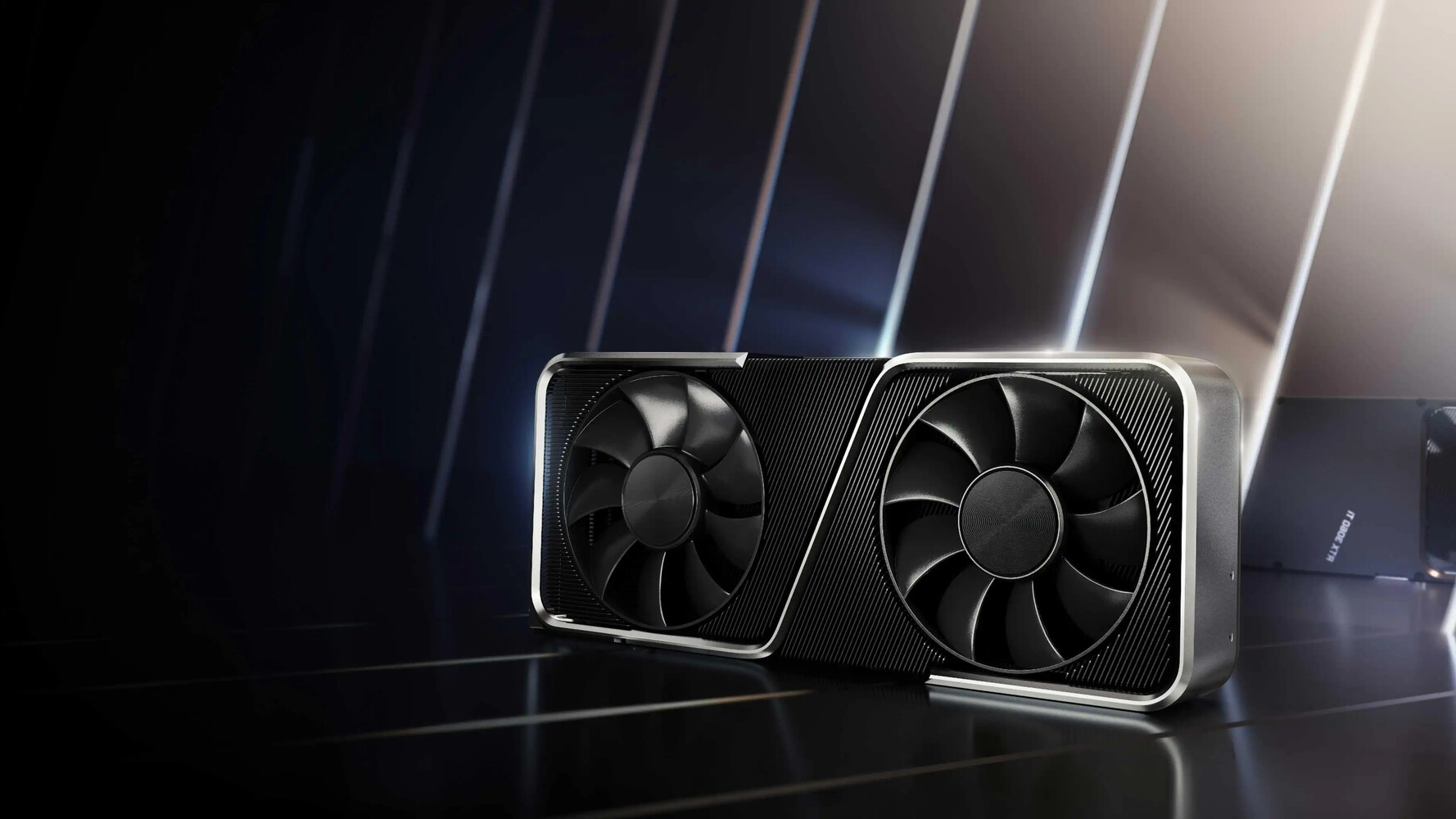The thing is, it is publicly known that TSMC was charging $10k for 7 nm wafers, but they are charging $16k for 5 nm wafers.
It is getting harder and harder to shrink transistors, RND costs have gone up significantly as well. But 7 to 5 nm is still just a 60% increase, not 113%.
3 nm wafers are said to cost $20k. To compare, 28 nm used to cost $3k a decade ago.
Costs are going up, but not to the degree NVIDIA and AMD are trying to convince us they are.
What I was saying is that cost of manufacture goes down over time but I didn't mean on the new nodes. New nodes do cost more but not to the degree that we're being told (or charged) because a smaller node fits more dice on wafer. The thing is, look at the performance improvements that Intel managed to do while stuck on the same 10nm node. They did what, like, six generations at 10nm?
Manufacturers should consider following Intel's example and not necessarily go to a smaller node for each generation if they can still work with the one that they're on and make improvements. I may hate Intel but it's incredible how they managed to pull performance gains seemingly out of thin air at 10nm over and over and over again. Intel showed that it can be done so what's stopping everyone else from doing it?
Here's a perfect example of what would have been better:
AMD created the RX 6500 XT which, while a far better deal than anything nVidia had at that price point, was a dog. The previous-generation's RX 5500 XT was a superior card all-around because it wasn't limited to PCI-Express x4 and it had encoders. It was built on TSMC's 7nm process and had an MSRP of $169. With the pandemic and the silicon shortage, it would've been far better to continue production of the RX 5500 XT instead of wasting 6nm allocation (which was more expensive) on a card with that level of performance.
The same could've especially been said for the RX 5700 XT in the place of the RX 6600. Could you imagine just how many of those cards AMD could've sold during the mining craze if they were in production? If I were AMD, I would've been scrambling to find a way to produce the RX 5700 XT again, even if it meant going to GloFo. That would've alleviated so much of the strain on the new stock because the preferred mining cards were the RX 5700 XT and the RTX 3060 Ti.
We see nVidia still producing the GTX 1600-series and that makes a lot of sense. When availability is an issue, continuing to produce older models just makes sense, especially since the older models will be lower-end. Hell, I wouldn't even mind it if models were re-branded and sold at a lower price. The RX 6600's MSRP was $329 while the RX 5700 XT's MSRP was $399. Ignoring the mining craze, if AMD re-branded the 5700 XT as the 6600 and sold it at $300, people would've gone nuts for it. Even reviewers would've accepted it because while, sure, it was just a re-branded last-gen part, the price would've fallen by $100. The 7nm process would've been more mature and yields would've most likely been even better than before, only adding to the other economic benefits.
For all those weirdos saying "But, but, ray-tracing!" I would point out that all RT performance below the RTX 3070 is essentially garbage so who cares? There were a lot of gaps in availability that could've easily been filled by previous-gen silicon. It would've been cheaper and easier to produce and people would've been happy that they were getting reasonable performance for a great price.
If AMD decided to re-brand the RX 6800 and RX 6800 XT respectively as the RX 7600 and RX 7600 XT and sold them for $350-$400 each, I don't think that anyone could complain as long as they were transparent about it. It would also free up more of the new node capacity for the higher-tier products. There would still be plenty of use for the imperfect dice because they'd be perfect for mobile GPUs as the smaller nodes are more power-efficient, something that isn't a huge deal on the desktop. I think that this would be a great answer to the lack of stock issue, would increase sales and profits dramatically and would help AMD avoid pitfalls like the RX 6500 XT. After all, nobody complained when the HD 7970 was re-branded as the R9-280X because AMD admitted it openly. In fact, they dropped the price of all cards that were branded as the HD 7970, added three free games to choose per card and that's why I bought two of them at the same time (well, also for ARMA III).

It's not like it hasn't been done before and it's such a simple concept that I can't believe I'm the first one to bring it up, but here we are.

- Nvidia are greedy (which every company is)
I think that it
mostly boils down to this.









